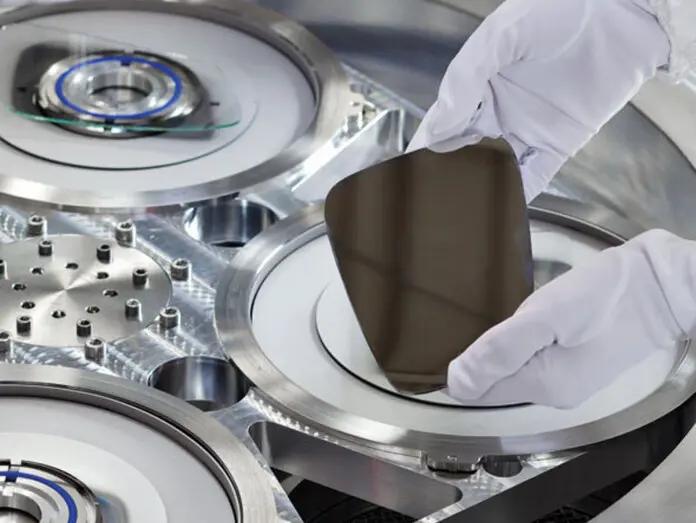Vacuum coating technologies, such as Physical Vapor Deposition (PVD), are pivotal in enhancing the durability, functionality, and aesthetics of automotive parts. These advanced processes improve the performance of components while meeting stringent environmental standards. From engine parts to decorative finishes, vacuum applications are increasingly becoming essential in automotive manufacturing, offering benefits such as reduced friction, wear resistance, and improved longevity.
Key Applications of Vacuum Coatings
Engine and Transmission Components. High-performance engine and transmission parts, such as pistons, valve lifters, and gears, benefit from advanced surface treatments. Coatings like TiN (Titanium Nitride) and TiCN (Titanium Carbon Nitride) reduce friction, improve heat resistance, and enhance the longevity of components under extreme conditions, ensuring smoother operation and better performance.
Exterior and Decorative Parts. Coatings are applied to exterior parts like grilles, emblems, and wheels to improve both appearance and functionality. These treatments provide a glossy finish that resists scratches, tarnishing, and corrosion, while also being more eco-friendly compared to traditional chrome plating.
Corrosion Protection. Parts exposed to high temperatures or chemicals, such as exhaust systems and fuel components, are often treated to provide corrosion resistance. Coatings such as AlTiN (Aluminum Titanium Nitride) help protect automotive parts from rust and chemical degradation, extending their service life.
Friction Reduction. Reducing friction is crucial in moving parts like suspension components and drivetrain elements. Coatings like DLC (Diamond-Like Carbon) significantly lower friction, leading to better fuel efficiency and smoother vehicle operation, all while increasing the durability of components.
In addition to these benefits, vacuum coating technologies offer solutions that are critical to meeting the growing demands of the automotive industry. For more about how these applications work in detail, check out i-Photonics.
Benefits of Using Vacuum Coatings in Automotive Parts
The application of coatings to automotive parts brings multiple advantages:
- Enhanced Durability. Coatings protect parts from wear, corrosion, and abrasions, increasing their lifespan. This is particularly important for high-performance vehicles, where components are under constant stress.
- Improved Performance. By reducing friction, coatings help optimize engine and transmission efficiency, contributing to better fuel economy and smoother operation.
- Environmental Benefits. Unlike traditional coating methods, vacuum technologies do not involve harmful substances like hexavalent chromium, making them safer for both the environment and the manufacturers.
Examples of Vacuum Coating in Automotive Parts
Engine Parts. Engine components, such as piston pins and valve seats, are treated with coatings like TiN to reduce friction and heat buildup. These treatments help improve performance and longevity.
Transmission Components. Transmission gears and shafts benefit from vacuum applications to improve wear resistance and ensure smooth operation, reducing the need for frequent maintenance.
Suspension Systems. Suspension components such as shock absorbers and strut bars are coated to reduce wear and increase resistance to environmental factors like road salt and moisture.
Fuel System. Fuel injectors and related components undergo coating treatments to improve their efficiency, reduce wear, and protect against the damaging effects of modern fuels, including those containing ethanol.
Future of Vacuum Coating in the Automotive Industry
Looking ahead, vacuum coating technology is expected to play an even more prominent role in the automotive sector. As the demand for electric vehicles (EVs) grows, these coatings will be crucial in optimizing electric drivetrains and enhancing battery performance. Additionally, innovations such as multi-layer coatings and smart coatings—capable of monitoring their own condition—are expected to further improve the performance and sustainability of automotive components.
Vacuum coatings are transforming the automotive industry by improving the functionality, durability, and aesthetics of a wide range of components. From engine parts to exterior finishes, these treatments help reduce friction, prevent wear, and ensure the long-term performance of automotive systems. As technology continues to evolve, the role of vacuum coatings will become even more critical, offering sustainable and high-performance solutions for the next generation of vehicles.

Oliver Smith is an experienced blogger at Grammar Globe, Oliver Smith, an expert in English grammar and a master of wit, brings language to life with his playful take on puns. Through his works, he weaves humor into the rules of grammar, making learning fun and engaging for readers of all ages. Discover language with a smile!”






